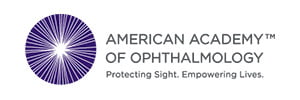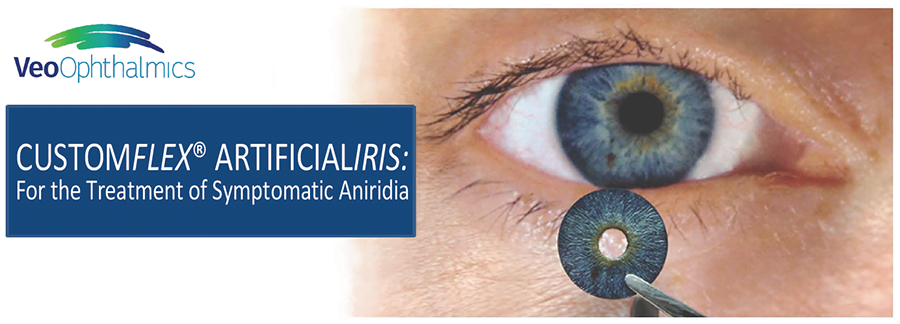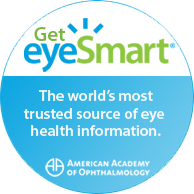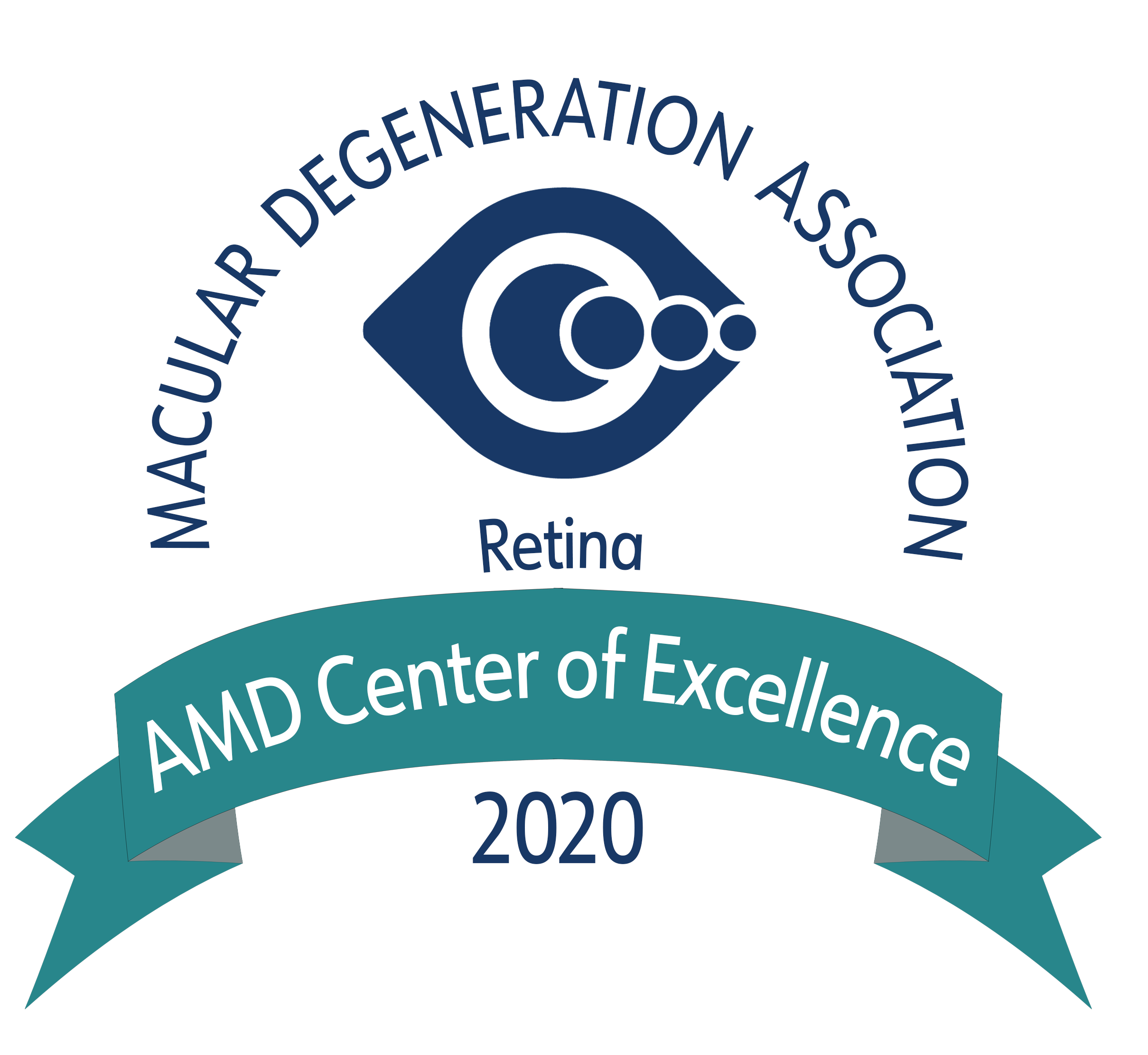Cleveland Eye Care and Surgery strongly adheres to the American Academy of Ophthalmology guidelines for regular eye examinations for all individuals in an attempt to prevent loss of vision by early detection and treatment of eye disease. The regularity of examinations is determined by age, medical history, family history of eye disease, and other vital factors.
Complete exams typically last about an hour and involve; documenting a medical and ocular history, measuring intraocular pressure, and checking the field of vision and testing for visual acuity. Also checked, is the need for glasses via refraction and checking both the exterior and interior health of the eye with slimp lamp examinations and dilated indirect ophthalmoscopy. The patient’s eyes are dilated for the exam and patients are advised that they may be unable to perform close range tasks for a few hours. Additionally, because dilation causes sensitivity to light, patients may prefer to bring sunglasses.
Additional tests may be performed the same day or at a follow-up appointment depending on the specific symptoms, history, and findings from the comprehensive examination.
- Gonioscopy (a slit lamp examination combined with a special contact lens for visualization of the drainage canal within the eye), a formal visual field test, and OCT or fundus photography is often performed for glaucoma and glaucoma suspects.
- Lid measurements, a tear production (Schirmer) test, and a tear drainage test may be performed for patients with tearing, dryness, or lid abnormalities.
- Neurological testing, a formal visual field test, and color vision testing may be performed for patients on certain medications (plaquenil) or with neurological symptoms (double vision) or medical history (pituitary tumor).
- Radiological imaging (ultrasound, MRI, CT, or chest Xray), lumbar punctures, and/or laboratory blood testing may have to be performed for patients with suspected intracranial/orbital/ocular hemorrhage, tumor, trauma or inflammation.
- Scleral depressed dilated exams, fluorescein angiography, OCT and/or fundus photography may be performed for patients with retinal symptoms (flashes, floaters, visual distortion, sudden vision loss or veil coming across the eye) and for patients with diabetic eye disease.
Your ophthalmologist will help guide you and support you through this testing and explain why and how they are performed and what the results mean.
Vision Disorders Requiring Correction with Glasses, Contact Lenses, and Laser Refractive Surgery
The need for glasses or contact lenses to see clearly (without blur) is referred to as “refractive error”. There are many different types of refractive error:
Myopia, or “near-sightedness”, means that only objects near to the person appear to be clear.
Hyperopia, or “far-sightedness”, means that only objects far away from the person appear to be clear.
Astigmatism causes the eye shape (cornea and/or lens) to be not as spherical as it should be. As a result, the eye magnifies light in the vertical direction more/less (but not equally) than light in the horizontal direction. This causes distortion and blurring of the image and circles look like ovals, squares appear to be rectangles and virtical lines of a grid appear clearer than horizontal lines.
Presbyopia, a condition that is ubiquitous in everyone older than 45, means that the shape of the lens cannot change (e.g. it cannot become more or less spherical, but instead gets stuck into a single shape) as it once did when it was younger and therefore reading glasses or bifocals are required to be able to see clearly both near and far.
All of these conditions are common. An estimated 75% of adult Americans use some sort of vision correction: 65% wear glasses, 10% wear contact lenses, 30% are near-sighted, 25% have astigmatism, and 20% are far-sighted. Since the natural hardening of the lens is a direct result of aging, all individuals over the age of 50 need either bifocals if they had refractive error prior to presbyopia, or reading glasses if they did not have refractive error. Sometimes refractive error can be due to a disease of the cornea (keratoconus), lens (cataract, lenticonus) or retina (retinal detachment, central serous chorioretinopathy) and a comprehensive eye exam by an ophthalmologist is performed to determine the cause and formulate a treatment plan. Correction of refractive error from a disease is corrected by treating the disease.
Refractive error not due to a disease can be treated with spectacles, contact lenses, or laser refractive surgery. Glasses prescriptions are provided as part of the general comprehensive eye exam. In addition, for those interested, a full contact lens service is offered at Cleveland Eye Care and Surgery. Our optician, Rick Schmidt, can provide contacts for nearsightedness, farsightedness, astigmatism, specialty lenses, colored cosmetic lenses, and bifocal lenses. He also specializes in fitting patients with rigid gas permeable contact lenses for keratoconus and post-corneal transplant patients.
Finally, patients who are interested in a definitive correction of refractive error, either for aesthetics or for convenience, may elect to undergo laser refractive surgery. Cleveland Eye Care and Surgery performs all the latest in laser technology for the correction of myopia, hyperopia, astigmatism, and presbyopia including wavefront-guided PRK, LASIK, and intralase. These surgeries are very safe and quick, they are performed in the outpatient setting, the healing process is very rapid, and the improved vision is typically seen within the first 48 hours. Again, a thorough evaluation is performed to rule-out certain diseases that are contraindications to getting laser refractive surgery. We invite you to consult one of our physicians to learn if laser refractive surgery is right for you.








